In the intricate dance of fly fishing, two philosophies often find themselves at the heart of angler discussions: “Match the Hatch” and “The Perfect Drift.” Both strategies are crucial in their own right, yet many seasoned anglers, including ourselves at Pescador on the Fly, lean towards the belief that a well-executed drift with a fly that closely resembles the local forage often trumps a perfect imitation that’s poorly presented. Let’s explore this debate and why the art of the drift might just be your key to success.
Understanding “Match the Hatch”
“Match the Hatch” is a strategy that emphasizes the importance of using a fly that closely imitates the insects or forage fish that are currently being eaten by target fish. This approach requires anglers to have a keen eye for detail and a comprehensive fly collection to mimic the exact size, color, and behavior of the natural food sources.
The Power of “The Perfect Drift”
On the other hand, “The Perfect Drift” focuses on how the fly is presented and moved through the water. This philosophy argues that the manner in which a fly travels through the current—mimicking the natural movement of forage—is often more critical than the precise mimicry of the hatch. A perfect drift means the fly is presented seamlessly into the fish’s feeding lane, without drag, mimicking the natural behavior of the food source.
The Case for Drift Over Match
While matching the hatch is undeniably important, especially during significant hatches where fish are fixated on a specific insect, several reasons support the notion that a perfect drift might hold the upper edge:
1. Behavior Over Appearance: Fish primarily react to how prey behaves in the water. A fly that moves unnaturally, regardless of its similarity to the real insect, is likely to be ignored or even spook fish.
2. Forgiveness in Imitation: Fish aren’t scientists. They make split-second decisions based on a combination of visual cues and instinct. A fly that’s close in size and color, presented perfectly, often entices fish just as effectively as an exact match.
3. Versatility: Focusing on mastering the drift with a few versatile patterns allows anglers to adapt quickly to different fishing conditions without the need for an extensive collection of flies.
4. Accessibility for Beginners: Perfecting the art of the drift is a more accessible goal for beginners, offering a clearer path to early success and enjoyment in the sport.
Balancing Both Philosophies
It’s worth noting that the most successful anglers often strike a balance between these two philosophies. They recognize the importance of a close-enough match while prioritizing the finesse of a natural drift. Being adaptable and prepared to switch strategies as conditions and fish behavior change throughout the day is key.
Conclusion
In the debate between matching the hatch and mastering the perfect drift, we lean towards the latter as the more critical skill to cultivate. This is not to downplay the importance of fly selection; rather, it’s to emphasize that the way a fly is presented often outweighs the need for a perfect match. At Pescador on the Fly, we encourage anglers to develop a keen understanding of both approaches, as the synergy between a well-chosen fly and a skillfully executed drift is ultimately the recipe for fly fishing success.
Remember, fly fishing is as much an art as it is a science. Embracing the learning curve and continuously refining your techniques will lead you to rewarding experiences on the water. Tight lines!
Understanding “Match the Hatch”
“Match the Hatch” is a strategy that emphasizes the importance of using a fly that closely imitates the insects or forage fish that are currently being eaten by target fish. This approach requires anglers to have a keen eye for detail and a comprehensive fly collection to mimic the exact size, color, and behavior of the natural food sources.
The Power of “The Perfect Drift”
On the other hand, “The Perfect Drift” focuses on how the fly is presented and moved through the water. This philosophy argues that the manner in which a fly travels through the current—mimicking the natural movement of forage—is often more critical than the precise mimicry of the hatch. A perfect drift means the fly is presented seamlessly into the fish’s feeding lane, without drag, mimicking the natural behavior of the food source.
The Case for Drift Over Match
While matching the hatch is undeniably important, especially during significant hatches where fish are fixated on a specific insect, several reasons support the notion that a perfect drift might hold the upper edge:
1. Behavior Over Appearance: Fish primarily react to how prey behaves in the water. A fly that moves unnaturally, regardless of its similarity to the real insect, is likely to be ignored or even spook fish.
2. Forgiveness in Imitation: Fish aren’t scientists. They make split-second decisions based on a combination of visual cues and instinct. A fly that’s close in size and color, presented perfectly, often entices fish just as effectively as an exact match.
3. Versatility: Focusing on mastering the drift with a few versatile patterns allows anglers to adapt quickly to different fishing conditions without the need for an extensive collection of flies.
4. Accessibility for Beginners: Perfecting the art of the drift is a more accessible goal for beginners, offering a clearer path to early success and enjoyment in the sport.
Balancing Both Philosophies
It’s worth noting that the most successful anglers often strike a balance between these two philosophies. They recognize the importance of a close-enough match while prioritizing the finesse of a natural drift. Being adaptable and prepared to switch strategies as conditions and fish behavior change throughout the day is key.
Conclusion
In the debate between matching the hatch and mastering the perfect drift, we lean towards the latter as the more critical skill to cultivate. This is not to downplay the importance of fly selection; rather, it’s to emphasize that the way a fly is presented often outweighs the need for a perfect match. At Pescador on the Fly, we encourage anglers to develop a keen understanding of both approaches, as the synergy between a well-chosen fly and a skillfully executed drift is ultimately the recipe for fly fishing success.
Remember, fly fishing is as much an art as it is a science. Embracing the learning curve and continuously refining your techniques will lead you to rewarding experiences on the water. Tight lines!

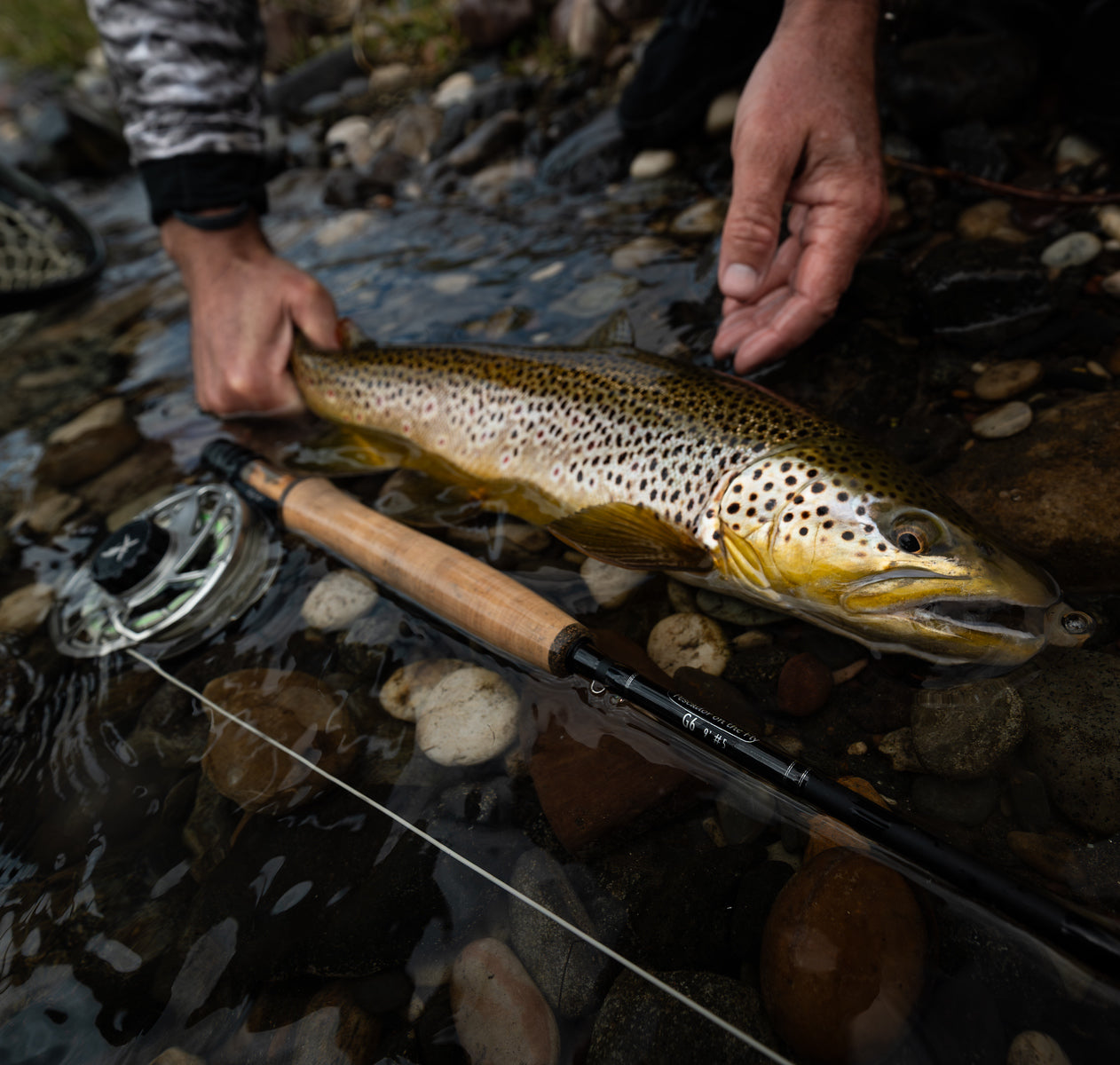
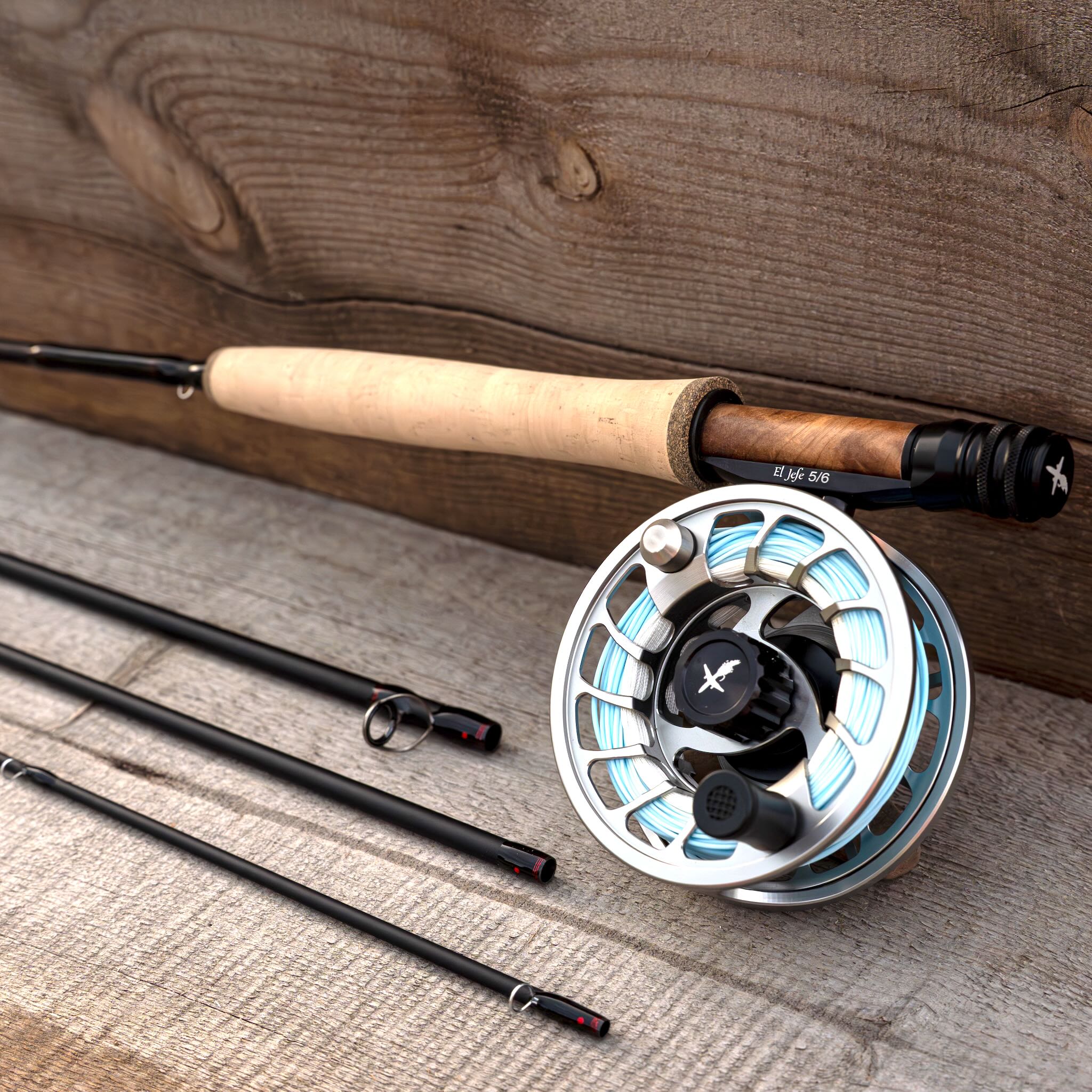
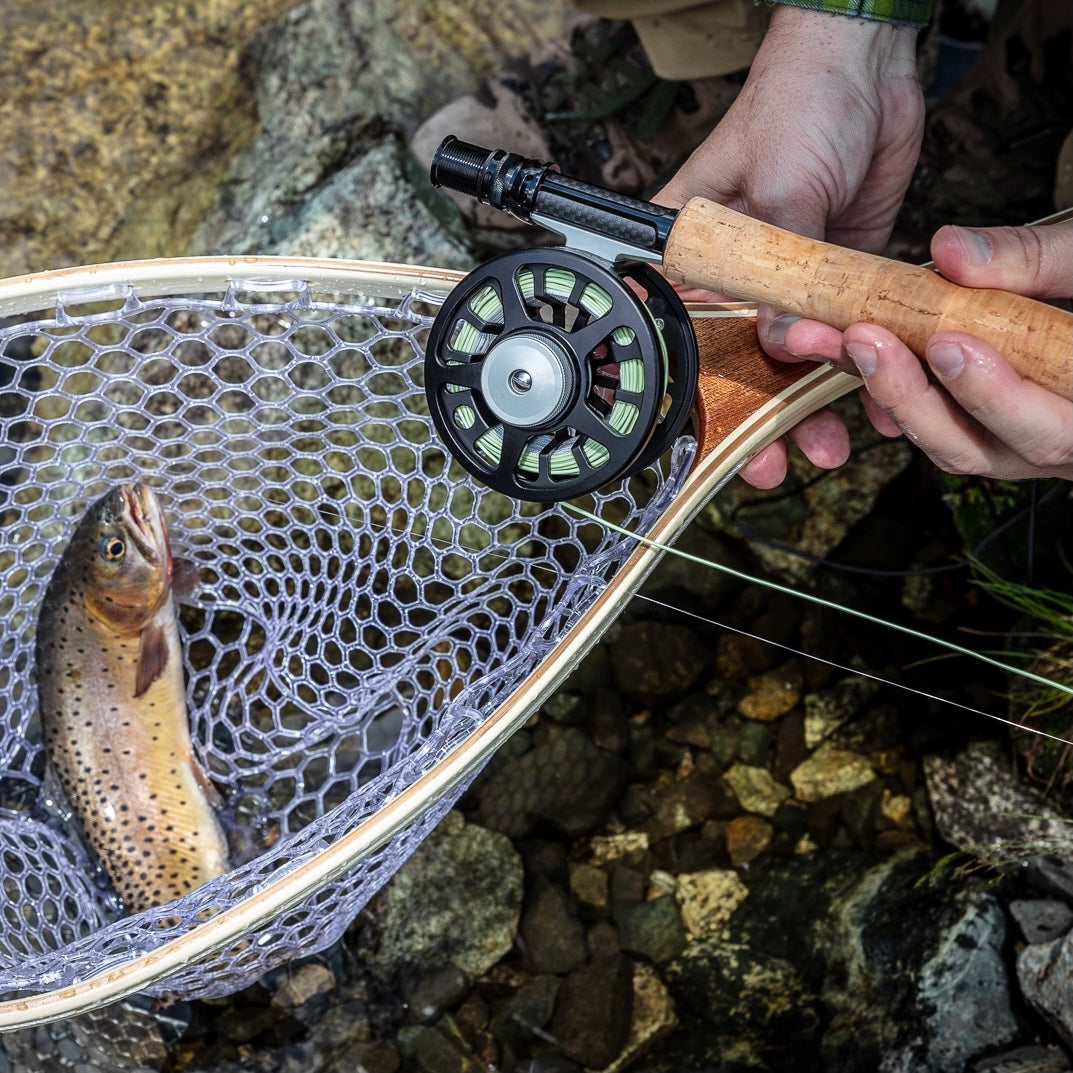
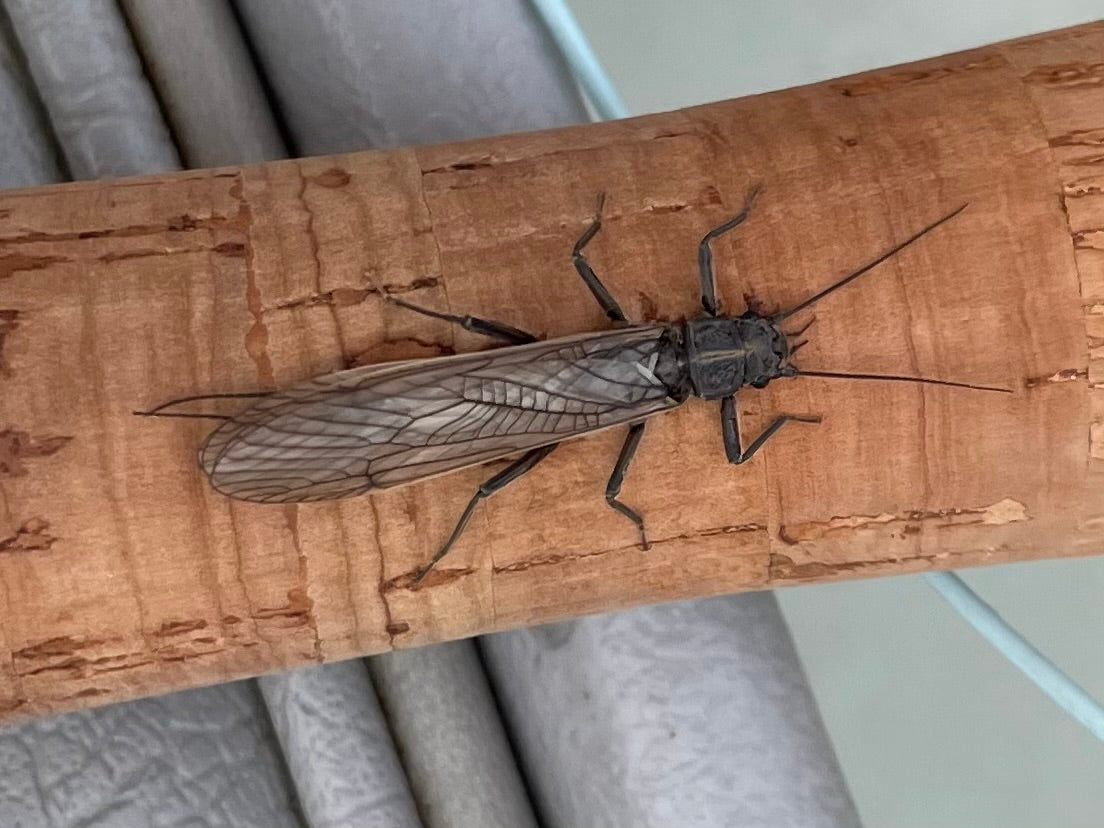
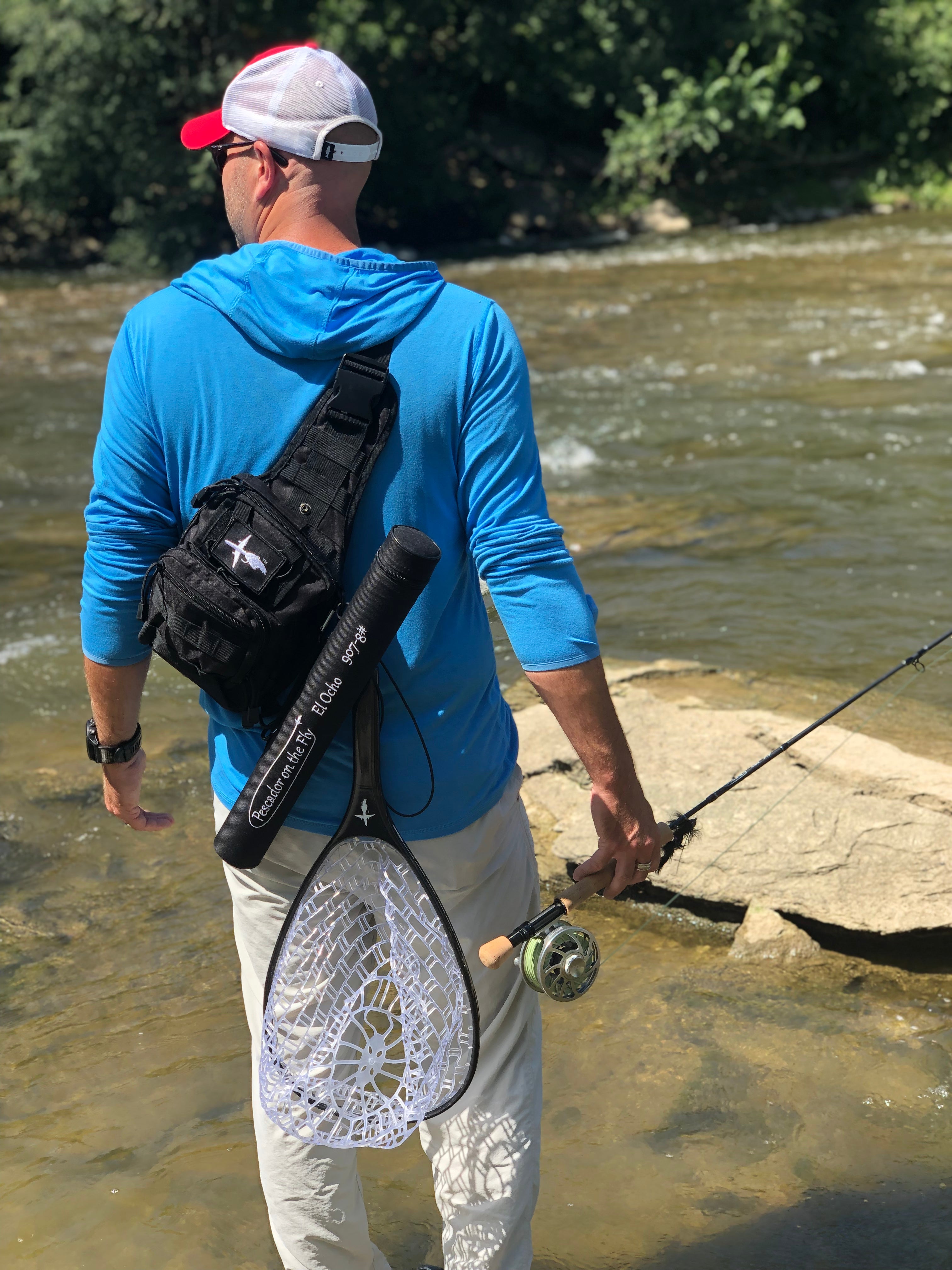
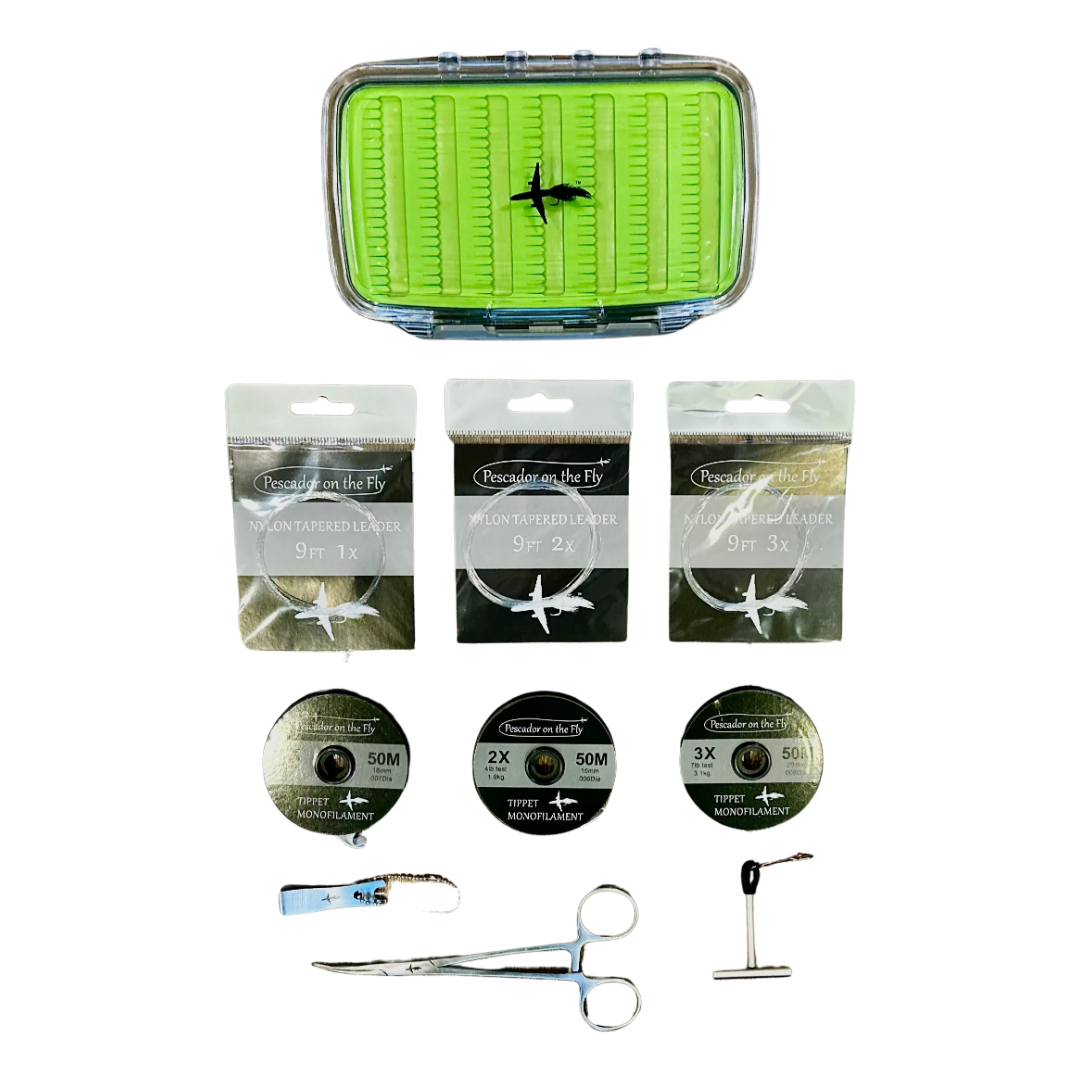
Leave a comment
All comments are moderated before being published.
This site is protected by hCaptcha and the hCaptcha Privacy Policy and Terms of Service apply.